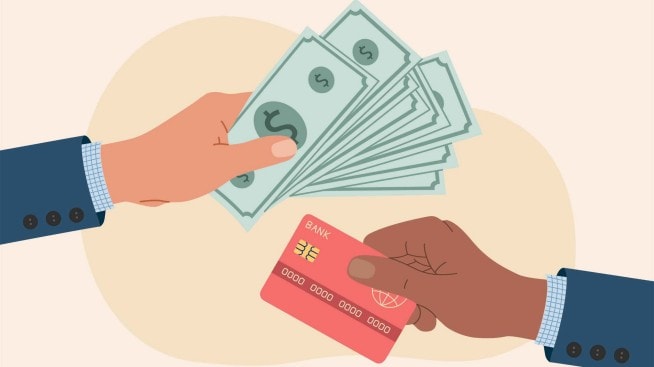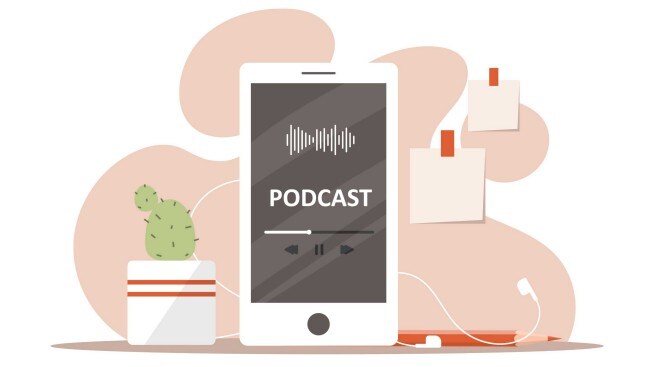How much credit utilization should you have?

You've just been approved for a credit card and now you can begin making purchases — how exciting! Being able to purchase items now pay them off over time has its perks. You might also have opportunities to earn rewards or cash back.
However, because it's so easy to pay with your credit card (and there's many incentives to use it), you could accumulate a large bill — sometimes without even realizing it!
To avoid receiving bills you can't pay off and hurting your credit score, you may want to consider your credit utilization ratio, which should ideally be at 30% or lower. When you enroll in Chase Credit Journey®, you'll learn more about how your credit utilization ratio plays a factor in generating your free VantageScore3.0® — and what you can do to set things right.
In this article, you'll learn:
- What credit utilization is
- Why credit utilization is important and how it affects your credit score
- How to help fix your credit utilization
What is credit utilization?
Many times we take out credit cards but don't always understand the terminology that comes with them. Credit utilization is one of these terms that you may not fully understand, but it's a key factor in determining your credit score.
To calculate your credit utilization ratio, take the total amount of money you owe on your credit cards and divide it by your total credit limit. For example, if your credit card balance totals to $500 on a card that has a $1,000 credit limit, your credit utilization ratio is 1/2 or 50%. Think of it as a tipping scale — the more you add to the "weight" of your balances, the closer you approach your credit card limit.
Plugging these calculations into your phone's calculator can make a world of a difference when it comes to your credit score. Credit utilization accounts for about 20% of your VantageScore (lumped under the "amounts owed" category, which also includes your balances —11% — and available credit — 3%) and 30% of your FICO® score. The lower your ratio, the better your credit score.
As you get closer to your credit limit, you're increasing your ratio and potentially putting your credit score at risk.
Why credit utilization is important
It can be easy to go through life making purchases without thinking about the long-term effects of your credit card activity. You might be wondering why a lower credit utilization could be beneficial, especially if you are able to pay off your credit card bills each month.
Having a lower utilization ratio is a prime indicator of creditworthiness and can help boost your credit score; it can even create future opportunities for your financial journey. For example, you could apply for a credit card with a higher credit limit, allowing you to spend more with less impact to your credit utilization rate (and credit score).
Additionally, the long-term effects of credit utilization can make it more feasible to get approved for mortgage rates and lower annual percentage rates (APRs) for future loans. Even a slight increase in your credit score could make you more eligible for reduced interest rates, potentially saving you thousands of dollars over time.
How to help fix your credit utilization
Now that you know how important it is to keep a low credit utilization ratio, you may be wondering how you can lower it. Maybe you've realized your current ratio is closer to 60% or 80%. Don't worry—there are steps you can take to help fix your credit utilization ratio. Let's dive into these below.
Make frequent payments
The first, most immediate step you can take to lower your credit utilization is to make frequent payments. A bonus to having a credit card is that you can take home your purchase and wait to pay your bill at the end of its billing cycle (usually at the end of the month).
If you can strategize, try paying off your purchases as you make them, or at the very least make two payments towards your credit card bill a month. Doing so can help to lower your credit utilization ratio because it reduces the amount you owe. The less you owe towards your credit card, the lower the credit utilization percentage. While this may not reflect immediately in your score, over time you could see a positive shift.
Request a credit limit increase
A helpful step you can take is to inquire about increasing your credit limit. If you've been a loyal credit card customer, leverage your history and your responsible banking habits and contact your issuer to see if you can increase your credit limit. It's possible that your issuer will be able to approve your request and increase your limit. Taking this step can help lower your ratio, especially if your spending remains at a similar level. Because you have more room to spend with a higher credit limit, the amount owed will have less of an impact and lower your ratio. But be careful that you don't start spending more even with a higher credit limit as that can also increase your credit utilization.
You can also increase your credit limit by opening a new credit card. While this may minimally hurt your score initially, this long-term investment in an additional credit card can pay off because you'll have more available credit.
Spread your purchases across cards
If you're looking to make a large purchase, consider using multiple cards to cover it. For example, let's say you are looking to purchase a new computer that costs $2,000 and you have 2 credit cards with a credit limit of $3,000. Rather than put the $2,000 on one card, split up the payments so you have $1,000 on one card and $1,000 on the other. This will keep your credit utilization rate lower, because instead of having a ratio of 50% on your credit cards, your ratio is closer to 33%.
It's essential to keep your credit cards organized when you have several of them and use each to make multiple purchases. With more cards comes additional monthly billing statements and due dates. Make sure you review your credit card statements and monitor your credit with tools like Chase Credit Journey to ensure your credit score remains healthy.
Evaluate your budget and income
This final step is one that you can come back to and re-evaluate over the years. For example, if you're a young professional with an entry-level salary, it may be harder to pay off your bills each month. Consider looking at your spending and find places where you can cut expenditures and save costs. This may require you to look at your habits and daily routines. Are you eating out when you could save money by cooking at home? Are you spending money on new clothes that you may not need? These small tweaks can add up to make a huge difference in how much money stays in your wallet and how high your credit utilization is.
After a period of time, you may get a new job or an increase in your income. You'll also have longer credit history and increased credit age, factors that will calculate a higher credit score. This can help you with getting rates for auto loans and mortgages which you may need as you get older and acquire assets. The sooner you implement healthy money habits, the more equipped you'll be to handle more complex financial decisions.
Continue improving your score with Chase Credit Journey
Your credit utilization ratio is just one of many factors when it comes to generating your credit score. While fixing your credit utilization does not happen overnight, there are steps you can take today to begin improving how you use and understand the credit available to you.
One way to do this is by enrolling in Chase Credit Journey. This free online tool not only provides you with your Experian™ credit report and a free credit score, you'll have access to resources to educate yourself on how credit works, what your score means, how to help improve it and more. Enroll today to start your credit journey and improve your financial savviness.



